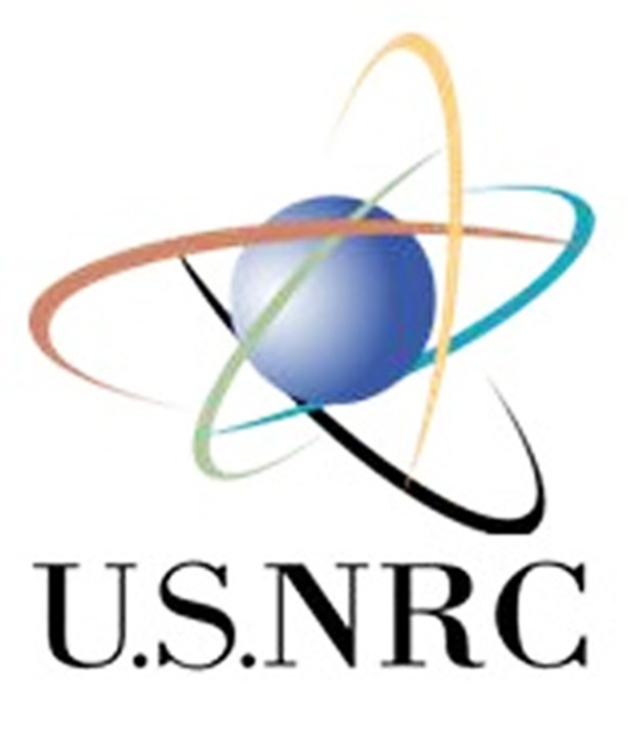Part 2 of 2 Parts (Please read Part 1 first)
Typically, the complex and difficult NRC review can take seven years or more to complete. There is no guarantee that the project in question will receive final approval. Last year, the NRC denied Oklo Power, LLC’s application to construct a “fast reactor” in Idaho for allegedly failing to supply sufficient information on the facility’s design.
TerraPower is embarking on its first NRC licensing attempt. It hopes to win approval much sooner, however, thanks in part to the 2019 Nuclear Energy Innovation and Modernization Act. The law was championed by Senator John Barrasso (R-Wyoming). It set a maximum review timeline of thirty-six months. Additionally, TerraPower expects to assist the NRC to trim that timeline even further by filing information ahead of schedule.
The process all depends on TerraPower submitting thorough information that does not require many requests to get answers to ignored questions, according to the NRC.
Jessup said, “If we have all of these discussions and address all of these topics before the application even comes in, then you would expect that it may make the review go faster.”
Many locals are eager for the potential economic boon the four-billion-dollar project might bring to this region. Its economy has long relied on the diminishing coal industry to power the economy. However, many of the same people, and others, are concerned about the high-stakes risks that come with the nuclear facility.
With respect to the question about checking for seismic activity, the NRC said that they are aware that there is seismic activity in the Rock Mountain Region.
Several residents, including Representative Scott Heiner (R-Green River), asked when the spent nuclear fuel might be transported to a permanent storage facility. Heiner asked, “Is there a permanent solution for waste that is being worked on at this time?”
The NRC responded that there is no permanent nuclear fuel waste repository in the U.S. at this time. Although, the NRC staff in attendance indicated that they “anticipate” one will be constructed, others have long indicated that there is no clear path to the construction of a permanent repository. Such a repository has been discussed for decades.
The U.S. government passed the Nuclear Waste Policy amendments in 1987 promising a spent nuclear fuel repository. In 2002, Congress approved an old salt mine under Yucca Mountain in Nevada as the site for the repository in 2002. Millions were spent preparing the site until politics resulted in the cancelation of the project in 2011. There will not be such a repository in the U.S. before 2050 at the earliest. For the present, that means that spent nuclear fuel will be “temporarily” stored on site.
The NRC also took questions about how nuclear fuel will be transported to the facility and how the safety of those radioactive materials will be ensured. The NRC, along with several other federal agencies, closely manages the transportation of such radioactive materials in cooperation with state agencies, according to NRC staff. A specific plan will be worked out in the NRC’s review.
NRC representatives also reassured locals that they will maintain partnerships with the local emergency managers and state environmental authorities.
